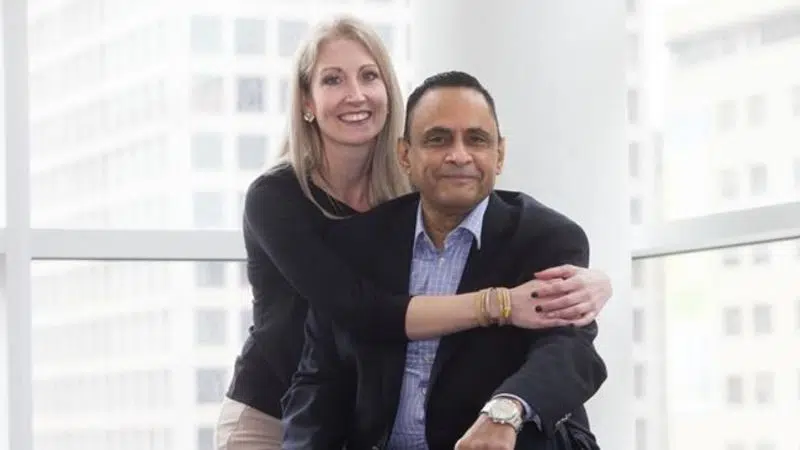
Recipient in rare paired living liver donation thanks “angel” donor
TORONTO — One of the recipients of what’s believed to be North America’s first paired living liver donation is calling the stranger who saved his life “an angel.”
Fifty-four-year-old Muhammad Khan of Mississauga, Ont., is sharing his gratitude nearly one year after 38-year-old Kelly Bryan of Peterborough, Ont., gave him more than half of her liver.
In turn, Khan’s wife, Hina, donated more than half of her liver to another stranger.


